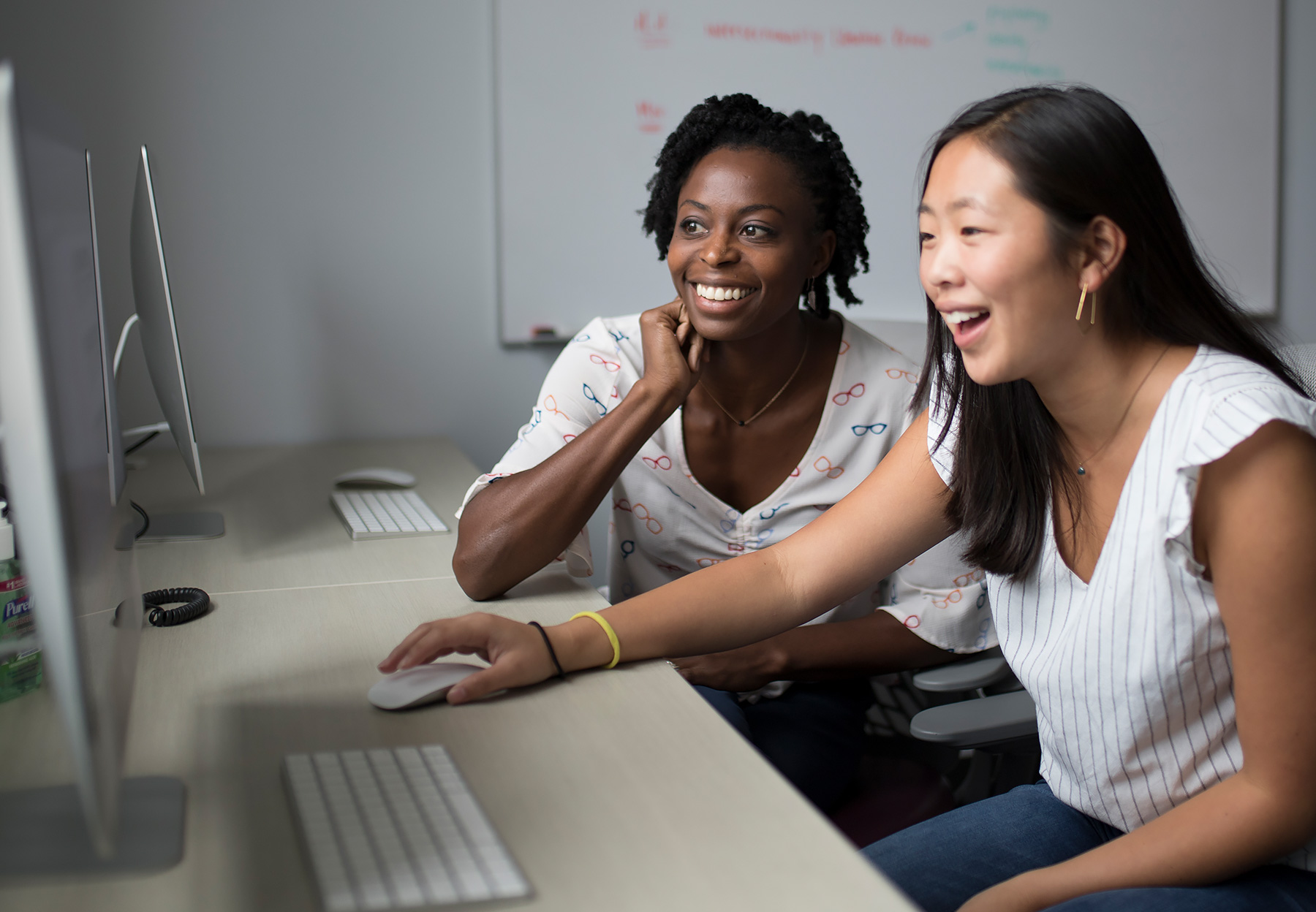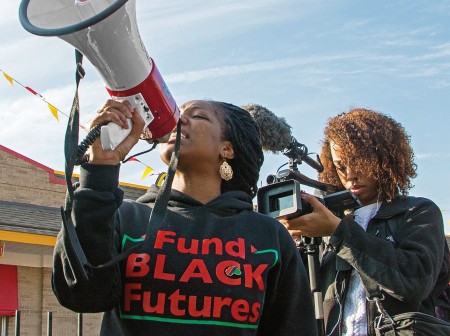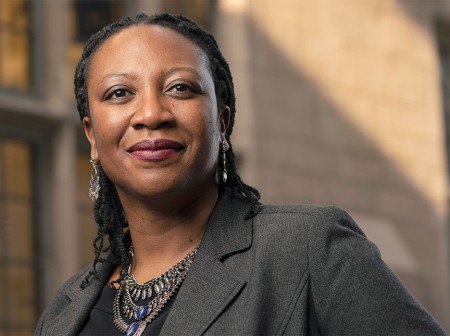Courage in the Current Moment
Rogers’ research has strengthened her own belief in the value of “color bravery.” Coined by finance executive Mellody Hobson, color bravery means not shying away from discussions of race with children. It asks parents to engage with their kids when they ask, “Why is that person’s skin darker than mine?” rather than brushing off the comment with, “That’s not appropriate,” or “Shhh, we don’t talk like that.”
“Color bravery requires leaning into, tackling and addressing race and racism when you see it, but also just more generally having conversations about race and color,” Rogers says.
Last year, Rogers’ own Color bravery was called to action. While watching The Sound of Music for the first time, Rogers’ daughter said to her mom, “I don’t think daddy would like this movie very much. There aren’t any brown people in it, and daddy doesn’t like when there aren’t any brown people.”
“At 5 years old, she was attuned to who’s included and excluded,” Rogers says. “And so, we had this discussion about the era in which the movie was made. We had a short conversation about Hitler, and it was yet another example for me that kids are capable of grappling with these things, and they’re attentive to them.”
Not only are they attentive, Rogers says, but the current political and social moment has made kids more aware — and less willing to accept — racial stereotypes.
“In general, I think we are all less likely today than we would have been three years ago to say racism doesn’t exist, and race doesn’t matter, and to kind of adopt and perpetuate a colorblind ideology,” Rogers says. “I see the same thing with children — there are fewer kids who just say, ‘I don’t see it. No one ever gets treated differently.’ Kids are finding space to disrupt that narrative and to name the inequities that they see. That’s the silver lining.”




Reader Responses
This is so good! In this space and time in our country, this is golden.
I am so proud of you, Onnie, as you have continued to follow your passion on bringing to the front line gender and racial issues that no one wants to talk about.
Love you dearly,
Mom
—Margie Willis Seattle, Wash.
Thank you for this much-needed article on how to address race, racism and inequities with young children. Children are looking to their parents and teachers for direction. We have to get beyond discomfort with these topics in order to help young children navigate life's voyage. It's not helpful for people to say they don't see color, as that is simply not true. The spirit of such a sentiment may be well intended in aiming to not judge people on the basis of skin color, but we have to acknowledge the realities of varying hues, cultures and different identities.
—Siabhan May-Washington Kansas City
No one has commented on this page yet.
Submit a Response